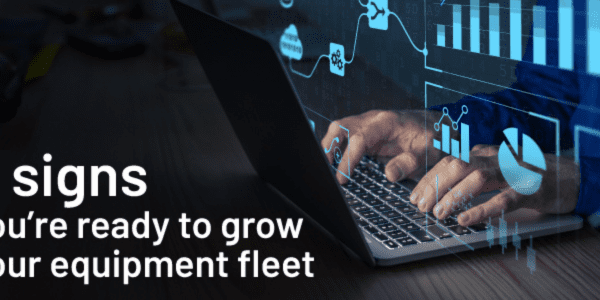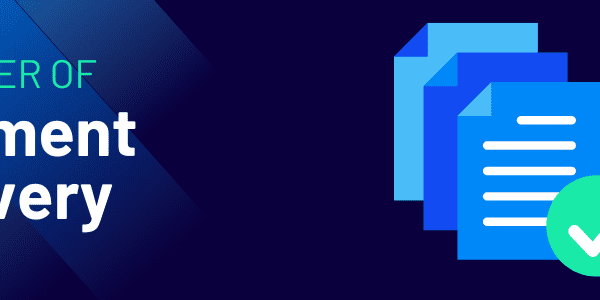
For most of us, technology and IT are treated as costs. Twenty years ago this was probably true, but right now and in the future, there is a strong argument to treat technology not as a cost but as a physical asset.
In every industry we’re seeing automation of tasks which previously have been done by humans. Labor costs shift away from the workforce to the technology that performs those functions. In some cases, that means an actual physical robot, and no-one would disagree that those would be company assets: depreciated, maintained, refurbished and ultimately replaced when they cease to be cost effective.
However, when it comes to technology focused on software, few companies see their software in quite the same way. Rather than continuous investment through maintenance and refurbishment, many companies resent support fees and once implemented, fail to continuously review their systems. Your business carries on changing as market, customers and your industry moves forward, why should your software remain an unchanging monolith?
Most software these days is configurable, even the system you’ve had for 15 years is probably configurable and the more complex the software the more configurable it will be. Generally speaking, companies resent spending money on software they’ve already got. If it was a truck with a broken axel or a building that needed a new roof, you wouldn’t throw it away and start again or bulldoze the building and rebuild it. Neither would you attempt to carry on driving the truck or sit under the dripping ceiling for very long.
This reluctance to see technology and software as an asset holds companies back. Rather than continuously investing in their software, taking upgrades and exploring new features, many companies hold off making any changes. This causes a gulf between what they have and what is available grow so large than it seems easier to throw it all out and start again. The problem with this approach is that it is expensive and risky. Small continuous updates are far easier to manage than massive changeovers and far less expensive in the long run.
Equally, technology and software requires and investment in people. Just as your truck needs mechanics to keep it running properly and your building needs electricians and plumbers to maintain it, your software needs knowledgeable people to be effective and to maintained.
That means you need to have internal super users who are continually being brought up to date on latest features and who can see what else the software is capable of doing in the future. It also means that there is nothing wrong with calling in an expert. If your software supplier provides consultancy services or you have third party consultants with extensive knowledge, then use them. You wouldn’t think twice before calling in an electrician if a physical asset needed skilled repair or update. Why would you treat your technology investment any differently?
If you would like to talk to any of the Wynne professional services experts, just give us a ring or send marketing a note and we will send out an expert.





